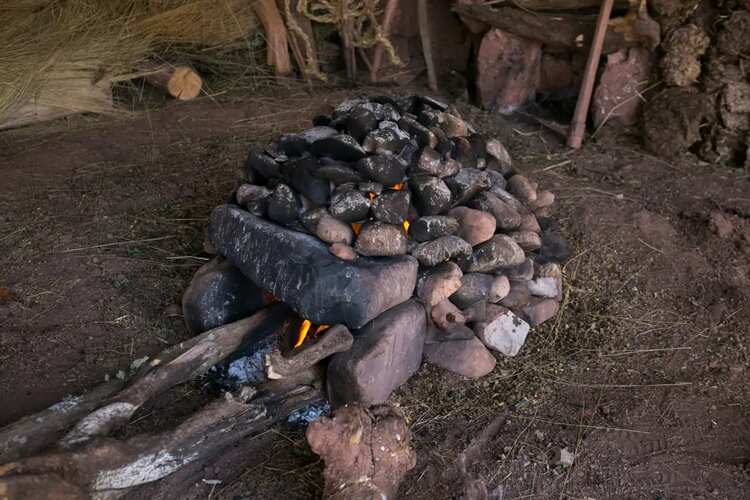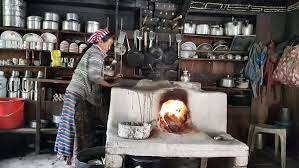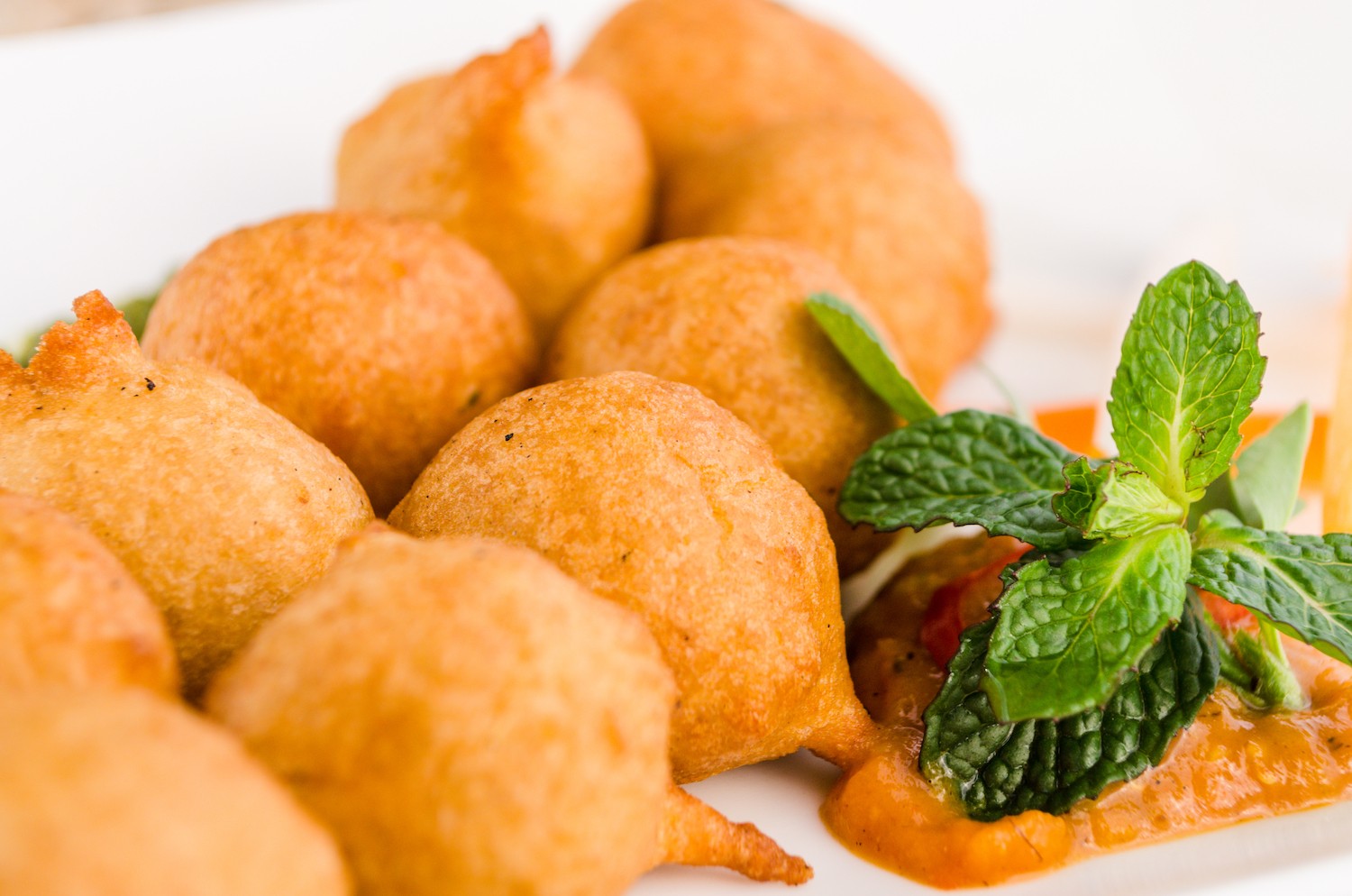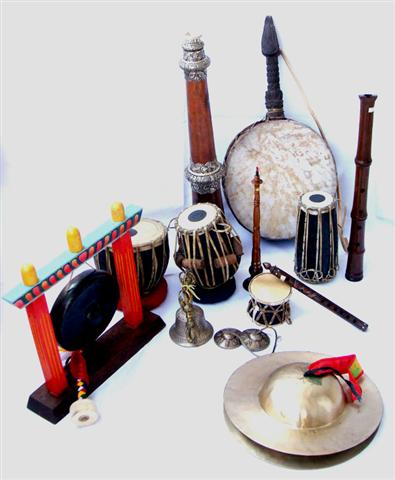Share this Article
The Lost Art of Cooking with Earth’s Embrace
In the highlands of Nepal, where the Himalayas meet the sky, an ancient culinary tradition once thrived—hadiya, the practice of slow-cooking food underground. For generations, this method was more than just a way to prepare meals; it was a ritual that connected communities to the land, a testament to human ingenuity in harnessing nature’s heat. Today, as gas stoves and microwaves dominate kitchens, hadiya survives only in remote villages and fading memories, a vanishing echo of Nepal’s self-sufficient past.
How Underground Cooking Works: Nature’s Slow Cooker
1. Preparing the Earth Oven
A circular pit, about two feet deep, is dug into dry, rocky soil. Stones—preferably smooth river rocks—are arranged at the base, then heated for hours in an open fire until they glow red. The embers are swept away, leaving only the scorching stones to radiate heat.
2. The Art of Wrapping
Food is carefully bundled in protective layers:
- Banana leaves for steaming meats and rice
- Clay casings for root vegetables (creating a natural pressure cooker)
- Damp jute sacks to lock in moisture
3. Burial & Transformation
The wrapped food is placed atop the stones, covered with more hot rocks, then buried under soil. The earth acts as an insulator, creating a slow, even heat that tenderizes tough meats and infuses grains with smoky depth. After 6 to 12 hours, the meal is unearthed—steaming, fragrant, and imbued with the minerality of the land itself.
What Was Cooked Underground?
1. Feast of the Highlands
- Meats: Whole goats or chicken, marinated in mustard oil and timur (Sichuan pepper), emerging fall-off-the-bone tender.
- Roots: Potatoes, yams, and tarul (Himalayan yam) caramelized in their own sugars.
- Grains: Buckwheat or rice, cooked in bamboo tubes for a nutty, smoky flavor.
2. Ritual Foods
- Sel roti (rice doughnuts) buried for weddings—their crisp exterior giving way to a custardy center.
- Gundruk (fermented greens) wrapped in fern leaves, acquiring an earthy umami.
Why Did Villages Rely on Hadiya?
1. Survival Wisdom
- Required no fuel beyond fallen branches
- Cooked large quantities for community feasts
- Preserved nutrients better than boiling
2. Spiritual Connection
The Tamang people believed food cooked in the womb of the earth carried blessings. Before burial, a pinch of rice would be offered to the pit as thanks.
3. Climate Adaptation
In high-altitude cold, the pit retained heat for days—leftover coals warmed homes, while buried food stayed hot until needed.
The Slow Death of a Tradition
By the 1990s, hadiya began disappearing due to:
- Deforestation (less wood for stone-heating)
- Migration (youth leaving villages)
- "Modern" stigma (seen as backward)
Today, only elderly women in districts like Dolakha and Ramechhap remember the techniques.
A Underground Cooking Revival?
1. Culinary Tourism
Eco-lodges in Mustang and Langtang now offer hadiya experiences:
- Guests dig pits alongside chefs
- Meals paired with raksi (millet wine)
- Nighttime "unearthing" ceremonies
2. Scientific Rediscovery
Studies show hadiya:
- Retains 40% more iron in leafy greens
- Creates natural probiotics in fermented foods
- Uses 90% less energy than conventional ovens
3. Youth Movements
Collectives like "Hadiya Revival Nepal" host village workshops:
- Teaching stone-heating methods
- Documenting recipes from elders
- Adapting the technique for urban terrace gardens
Conclusion: More Than a Cooking Method—A Philosophy
Hadiya represents a time when food was not just eaten, but negotiated with the earth. In our age of instant meals, its revival offers lessons:
- Sustainability (zero-waste cooking)
- Community (shared labor, shared feast)
- Patience (good food cannot be rushed)
As climate change forces us to rethink consumption, perhaps Nepal’s underground kitchens hold answers—waiting beneath the soil, like buried seeds ready to sprout anew.
Taste the Tradition:
- Where to try: Gosaikunda Homestay (Rasuwa), Mustang Earth Kitchen
- Festivals: Tamu Dhee (Gurung harvest feast, November)
- DIY tip: Try a small-scale version in your backyard with sweet potatoes and banana leaves!
Categories:
Traditional Tools and Utensils
Tags:
UndergorundFlavors
,
BuriedTraditions
,
SoilToSoulCuisine
,
HeritageInAshes
,
EarthCookedGoodness








